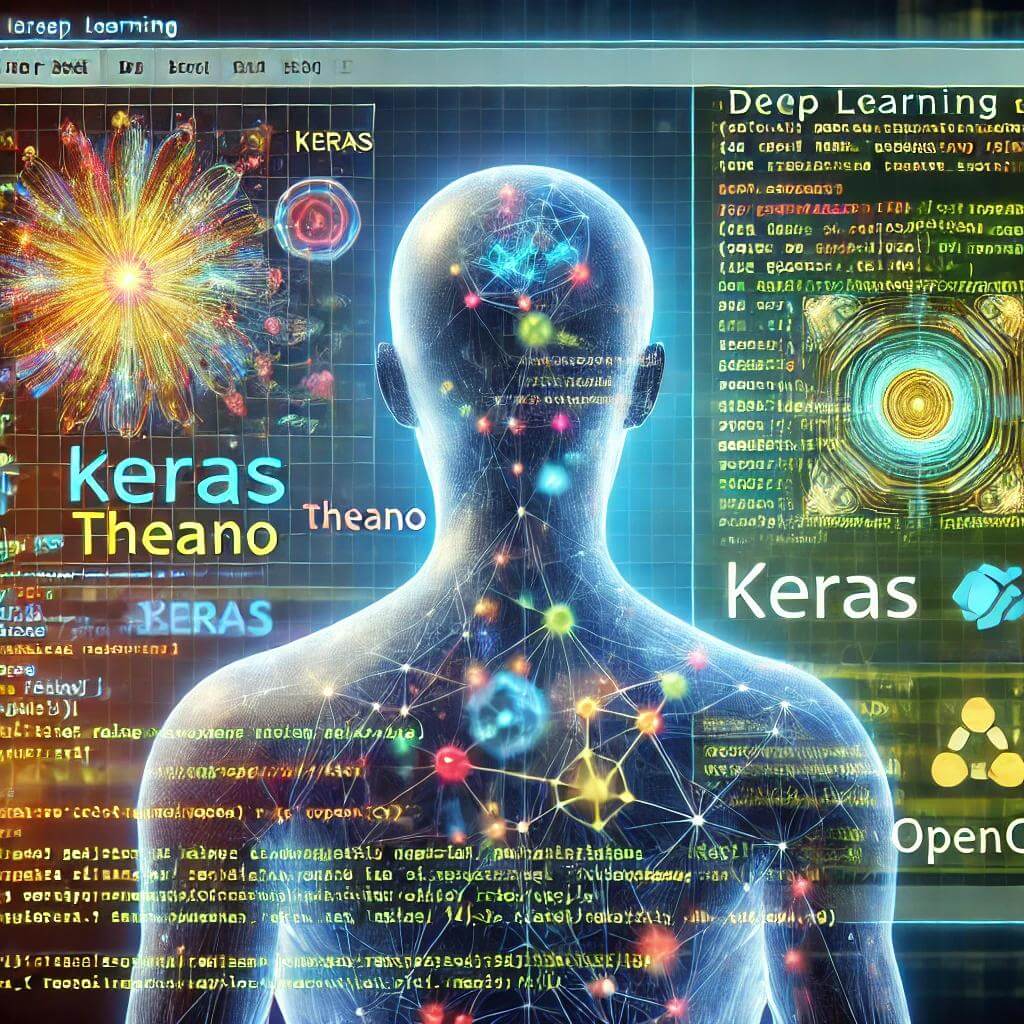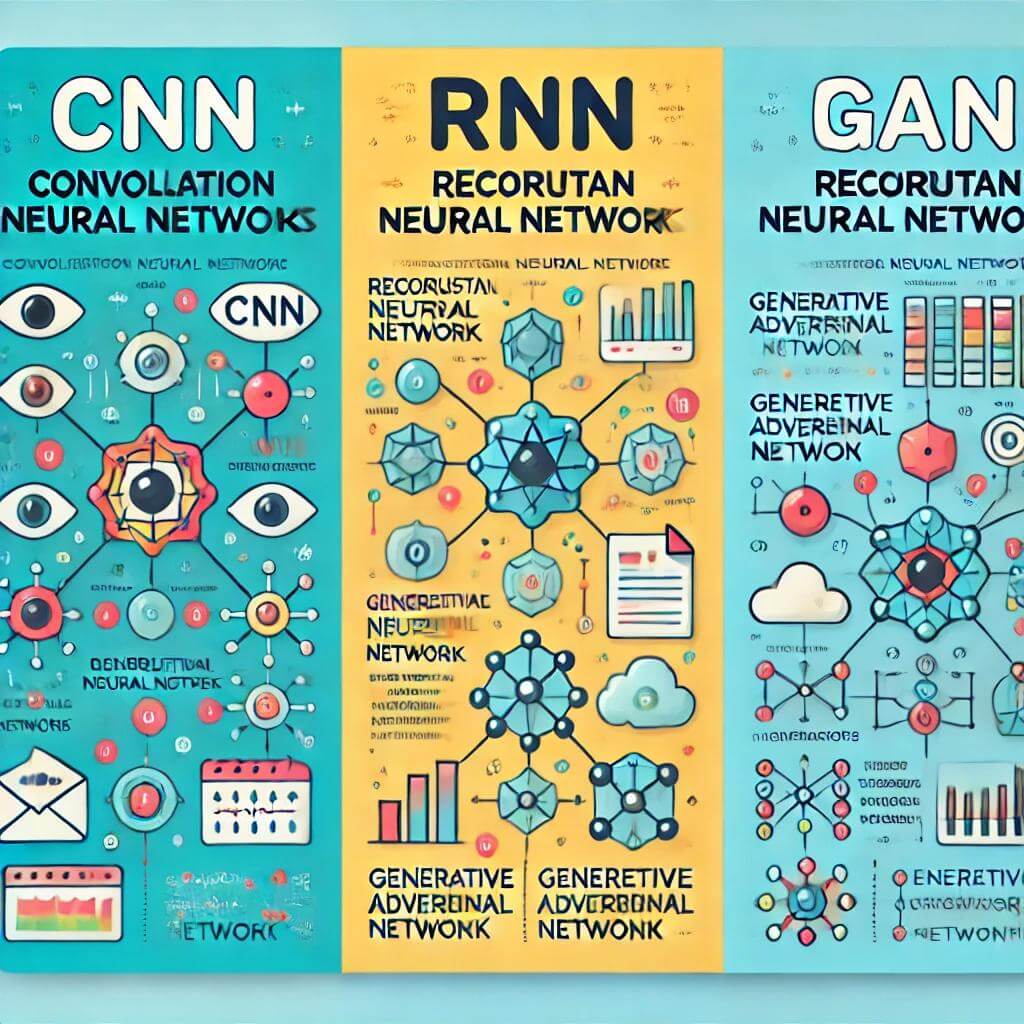Top Deep Learning Applications: AI in Action
Deep learning is everywhere these days, from apps on your phone to self-driving cars. What makes it so special is its ability to learn from vast amounts of data and improve over time. In this article, we’ll explore three of the most exciting and impactful applications of deep learning: Image Recognition, Natural Language Processing (NLP), and Autonomous Vehicles.
Image Recognition
Image recognition is one of the most well-known applications of deep learning. It allows computers to “see” and understand what’s in an image, just like a human would.
How Does Image Recognition Work?
Image recognition uses Convolutional Neural Networks (CNNs), which are specialized for processing grid-like data, such as images. CNNs apply filters to images, learning to detect features like edges, textures, and patterns.
Key Components of Image Recognition
- Convolutional Layers: Extract features from images by applying filters.
- Pooling Layers: Reduce the size of the image data, making computations more efficient.
- Fully Connected Layers: Perform the final classification of the image (e.g., “cat”, “dog”, “car”).
# Simple CNN for image classification using Keras
from keras.models import Sequential
from keras.layers import Conv2D, MaxPooling2D, Flatten, Dense
model = Sequential()
model.add(Conv2D(32, kernel_size=(3, 3), activation='relu', input_shape=(64, 64, 3)))
model.add(MaxPooling2D(pool_size=(2, 2)))
model.add(Flatten())
model.add(Dense(128, activation='relu'))
model.add(Dense(1, activation='sigmoid'))
model.compile(optimizer='adam', loss='binary_crossentropy', metrics=['accuracy'])
Real-World Applications of Image Recognition
- Healthcare: Detecting diseases in medical images like X-rays or MRIs.
- Social Media: Automatically tagging people in photos.
- Security Systems: Recognizing faces for authentication or identifying objects in surveillance footage.
| Use Case | Description |
|---|---|
| Healthcare | Identifying diseases in medical images |
| Social Media | Facial recognition and auto-tagging |
| Security Systems | Recognizing faces for authentication or surveillance |
Natural Language Processing (NLP)
Natural Language Processing (NLP) is the technology that allows computers to understand, interpret, and generate human language. You interact with NLP every day when you use voice assistants like Siri or Alexa.
How Does NLP Work?
NLP uses Recurrent Neural Networks (RNNs) and Transformers. RNNs are great at processing sequences, which is why they work so well with text and speech. However, newer models like Transformers (used in models like GPT and BERT) have taken NLP to a new level by allowing computers to understand the context of words better.
Key Components of NLP
- Tokenization: Breaking text into smaller pieces (tokens), like words or characters.
- Embedding Layers: Transforming tokens into vectors, so the network can understand them.
- RNN/Transformer Layers: Processing the sequences of tokens and learning from them.
# Example of a simple RNN model for text classification
from keras.models import Sequential
from keras.layers import SimpleRNN, Dense, Embedding
model = Sequential()
model.add(Embedding(input_dim=10000, output_dim=128, input_length=100))
model.add(SimpleRNN(128))
model.add(Dense(1, activation='sigmoid'))
model.compile(optimizer='adam', loss='binary_crossentropy', metrics=['accuracy'])
Real-World Applications of NLP
- Chatbots: Understanding and responding to human queries in real-time.
- Sentiment Analysis: Analyzing social media posts or reviews to determine the sentiment (positive or negative).
- Machine Translation: Translating text from one language to another, such as Google Translate.
| Use Case | Description |
|---|---|
| Chatbots | Real-time conversation with users |
| Sentiment Analysis | Detecting emotions and opinions in text |
| Machine Translation | Automatically translating between languages |
Autonomous Vehicles
Perhaps the most futuristic application of deep learning is autonomous vehicles. These self-driving cars rely heavily on deep learning to navigate roads, avoid obstacles, and understand traffic signs.
How Do Autonomous Vehicles Work?
Autonomous vehicles use a combination of sensors, cameras, and deep learning models to understand their environment. They rely on Convolutional Neural Networks (CNNs) to process images from cameras and Reinforcement Learning to make decisions in real time.
Key Components of Autonomous Vehicles
- Object Detection: Using CNNs to detect pedestrians, other cars, and road signs.
- Path Planning: Deciding the safest and most efficient route to take.
- Decision-Making: Using deep reinforcement learning to handle unexpected situations on the road.
# Example of a reinforcement learning agent
import gym
from keras.models import Sequential
from keras.layers import Dense
from keras.optimizers import Adam
# Simple DQN agent for decision-making
def build_model(state_size, action_size):
model = Sequential()
model.add(Dense(24, input_dim=state_size, activation='relu'))
model.add(Dense(24, activation='relu'))
model.add(Dense(action_size, activation='linear'))
model.compile(loss='mse', optimizer=Adam(lr=0.001))
return model
Real-World Applications of Autonomous Vehicles
- Self-Driving Cars: Companies like Tesla and Waymo are using deep learning to build fully autonomous vehicles.
- Delivery Drones: Using deep learning to navigate and deliver packages autonomously.
- Robotics: Robots that navigate warehouses and perform tasks without human intervention.
| Use Case | Description |
|---|---|
| Self-Driving Cars | Fully autonomous vehicles using deep learning |
| Delivery Drones | Autonomous navigation for delivering packages |
| Robotics | Navigating environments and completing tasks autonomously |
Conclusion
Deep learning has transformed numerous industries, from healthcare to transportation. Whether it’s image recognition in medical diagnostics, natural language processing in chatbots, or autonomous vehicles on the road, the applications of deep learning continue to expand. As the technology improves, we can expect to see even more innovations powered by deep learning.




Post Comment